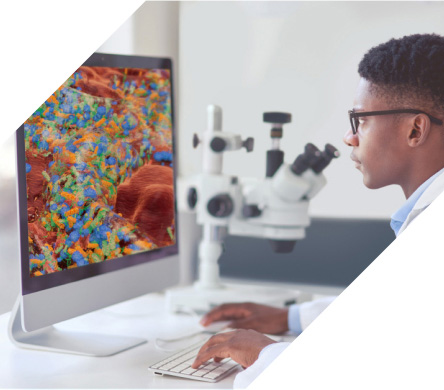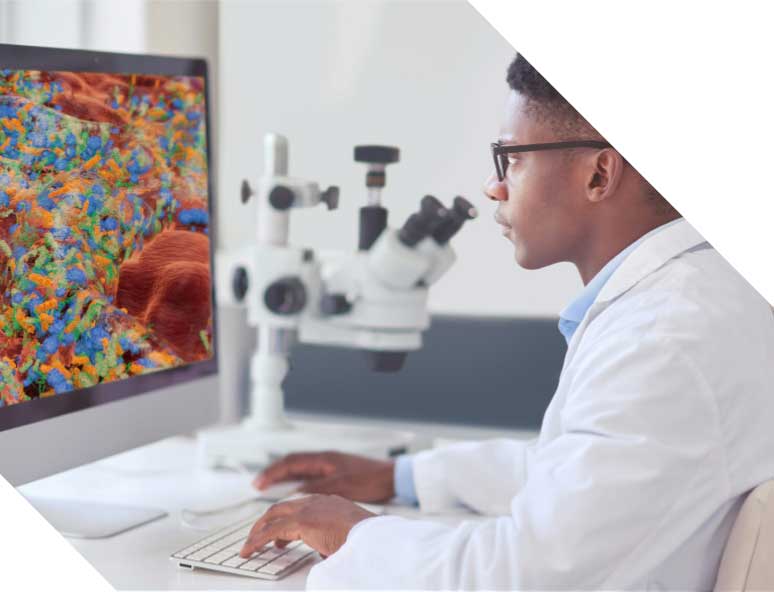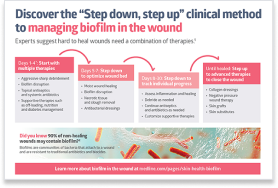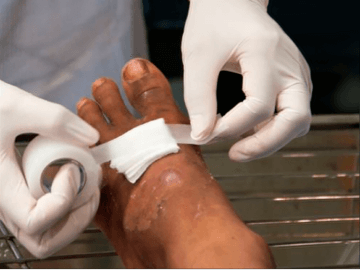What is biofilm?
Biofilm is a diverse community of bacteria covered by a protective barrier of sugars and proteins called a polysaccharide matrix. This barrier prevents traditional therapies from reaching the bacteria that causes infection. As a result, wounds get stuck in an inflammatory stage, making them harder to heal. In fact, more than 90% of chronic wounds and even some acute wounds contain biofilm.1
Recognize signs of biofilm to prevent further injury
While the formation of biofilm is often the reason for delayed wound healing, there’s no mechanism to detect biofilm with the naked eye. The International Wound Infection Institute lists certain criteria that can help determine if biofilm is present. Here are some important clues to look for:2
- Typical antibiotic and antimicrobial treatments aren’t working
- Increased wound exudate or moisture
- Low-level chronic inflammation
- Low-level erythema
- Poor granulation or friable/hypergranulation
- Secondary signs of infection
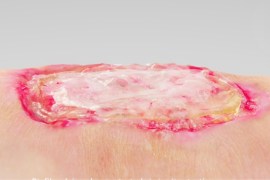
Follow a “Step down, step up” approach to improve outcomes
When it comes to battling biofilm development, there’s no one-step solution. Experts agree it’s most effective to use a Step down, step up approach, focusing on 3 key areas:
- Aggressive sharp debridement to remove biofilm
- Application of topical dressings to disrupt biofilm and help prevent it from reforming
- Antibacterial agents in wound dressings to kill bacteria in the dressing
Caregivers may toggle between two steps until the wound bed is prepared for a different therapy. Standardizing a biofilm treatment protocol with the right system of products may be the secret weapon to help manage biofilm.
Keep biofilm formation at bay with slow-release iodine
Iodine has been used as a proven, broad-spectrum antibacterial for centuries, but it often caused reported pain and irritation for patients. Newer, innovative products deliver the benefits of iodine in a controlled manner, such as IoPlex™ Iodophor Foam Dressing. In vitro studies show that IoPlex kills bacteria better than dressings containing gentian violet and methylene blue. Ioplex’s unique mix of polymers also makes it effective at removing excess wound exudate and drawing out bacteria, debris and MMPs into the dressing.
Take the next step to improve wound outcomes
Simply complete this form and a Skin Health specialist will contact you soon to discuss the best protocols to help fight biofilm formation in your facility.
References:
- Attinger, C., & Wolcott, R. (2012). Clinically Addressing Biofilm in Chronic Wounds. Advances in wound care, 1(3), 127–132. Available at https://doi.org/10.1089/wound.2011.0333
- International Wound Infection Institute (IWII) Wound Infection in Clinical Practice. Wounds International. 2022.
